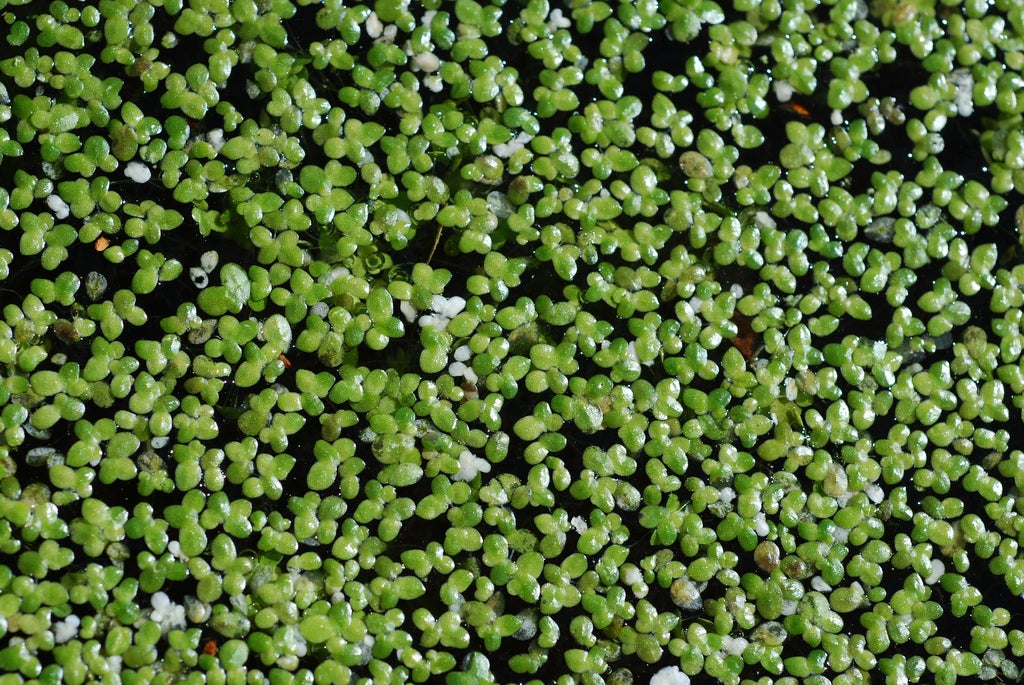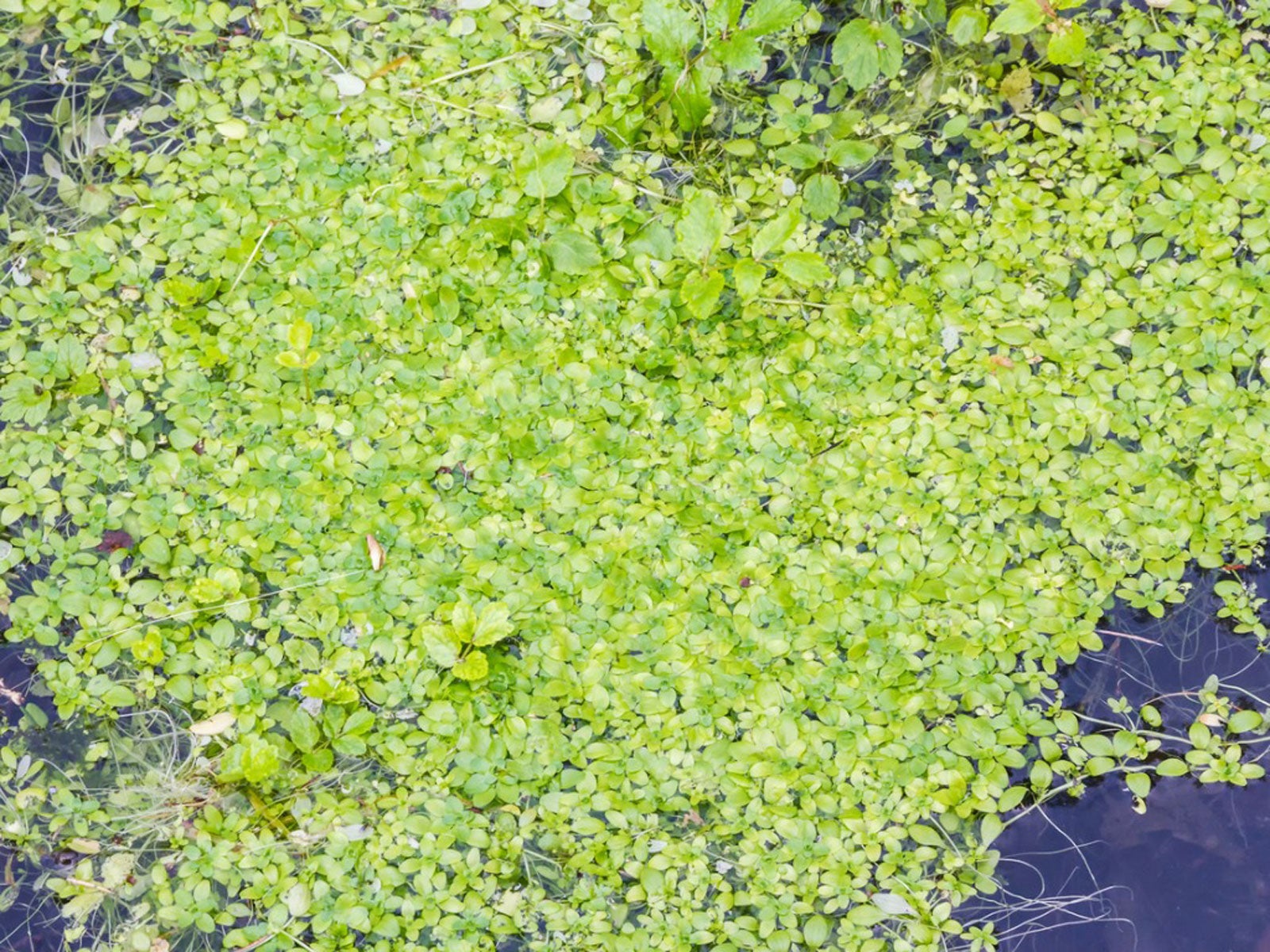Controlling Duckweed - How To Kill Duckweed


Common duckweed (Lemna minor) is a rapidly spreading aquatic plant that deprives ponds of oxygen and leads to the death of fish and beneficial algae in still waters. It is important to get rid of duckweed for the health of your pond and existing aquatic life.
Duckweed Information
Duckweed is most often found in nutrient rich ponds, those where a buildup of leaves on the bottom creates stratification. Black, smelly ooze is a primary source of food for duckweed. Older ponds and those in quiet, undisturbed areas are likely candidates to need duckweed killer, as this is where the invasive, nuisance weed prefers to grow. Duckweed is often accompanied by a similar, smaller plant called watermeal. The two work together to cover susceptible ponds quickly when proper conditions exist. It is important for duckweed control to begin as early in spring as possible. Successful duckweed control for ponds covered on the surface can take several years. Duckweed can quickly take over the surface of the pond, decreasing oxygen levels necessary for fish and desirable aquatic plants to live there. Visiting Canadian geese, agricultural and animal lot runoff, lawn fertilizer, and septic tanks that do not work properly contribute to high nutrient levels. Ponds that are naturally in motion by wind or moving water have fewer problems and need less duckweed control.
How to Kill Duckweed
The most effective and safest way of controlling duckweed is prevention. Natural ways of controlling duckweed can eliminate the need for chemical treatments, which may be required once the duckweed infestation has progressed. Nutrient reduction in ponds aid in controlling duckweed, as does bubble aeration. Nutrient reduction deprives duckweed of what it must have to grow and spread and decreases the need for chemical duckweed killer. Duckweed control includes the removal of leaf buildup on the bottom of the pond. Catch falling leaves in autumn before they reach the pond floor by placing netting or other material on top of the water as a partial means of duckweed control. Controlling duckweed includes the physical removal of duckweed and watermeal plants. Wait for a windy day when the breeze can assist in controlling duckweed. When plants are pushed to the sides and edges of the pond, manually remove them with a long handled swimming pool net or other appropriate device that can reach the duckweed and scoop them out of the water. Manual removal alone is not enough to get rid of duckweed, but it can help with reducing the amount. This practice must be repeated. Learning how to kill duckweed and preventing its buildup can keep your pond clear, unobstructed and help maintain a good environment for aquatic fish and plants. Aeration that reaches the bottom of the pond can disrupt the cycle of sediment buildup which encourages conditions appropriate for duckweed growth.
Biological Duckweed Control
Add natural predators of duckweed, such as Koi, grass carp, goldfish, and domesticated waterfowl. Alone these biological controls cannot remove the problem, but if introduced to the pond before duckweed begins to grow, they can assist with duckweed control. Get rid of duckweed before it takes over the pond by increasing aeration at the bottom, manually removing plants from the surface, and reducing nutrients that create bottom sediment. Try a combination of these methods before resorting to chemical duckweed control.
Gardening tips, videos, info and more delivered right to your inbox!
Sign up for the Gardening Know How newsletter today and receive a free copy of our e-book "How to Grow Delicious Tomatoes".

Becca Badgett was a regular contributor to Gardening Know How for ten years. Co-author of the book How to Grow an EMERGENCY Garden, Becca specializes in succulent and cactus gardening.
-
 Looking For Plants To Give You The Soft And Fuzzies? Try These 5 Fuzzy Leaf Plant Options
Looking For Plants To Give You The Soft And Fuzzies? Try These 5 Fuzzy Leaf Plant OptionsLovers of texture, drama, silver foliage and tactile plants will adore these special sensory garden additions. These fuzzy leaf plant options will leave you all aglow
By Susan Albert
-
 Get Ready For A Summer Of Hummers! Grow These Full Sun Hummingbird Plants and Flowers
Get Ready For A Summer Of Hummers! Grow These Full Sun Hummingbird Plants and FlowersIf you’re lucky enough to enjoy a sunny backyard, make sure you are maxing out on your pollinator opportunities and grow these full sun hummingbird plants and flowers
By Tonya Barnett
